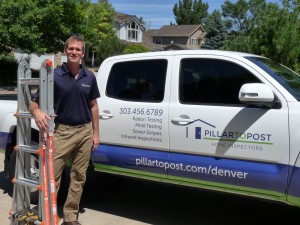
There are lots of things to consider when buying a franchise. At Pillar To Post, we assess your fit within our network, at the same time you assess our fit with you and your personality.
As you look at the different franchise opportunities that exist, here are 4 great questions from Franchise Business Review that you should ask each franchiser that you are considering:
- What characteristics make your top-performing franchisees successful and what is it specifically about my background that you think makes me a good fit for your system?
- Even in the best business partnerships, disagreements and conflicts can happen. If I become a franchisee and I have a problem in the future, what processes do you have in place to come to a fair solution that works for both of us?
- I know for the first few years, I will be very dependent on you and your staff to help me succeed as a franchisee. In the future, when I am more self-supportive, where will I see the value from the fees that I am paying you?
- What trends do you see in this industry that could have a negative impact on the business over the next decade and what are you doing strategically to overcome these challenges?
- Do you have a franchisee satisfaction report that is publicly available?

Asking these 5 questions to every franchise you are considering will help you understand your fit within the different organizations. The full article can be found here.



 icon and select "Add to Home Screen".
icon and select "Add to Home Screen".



